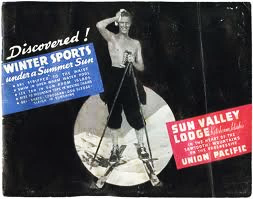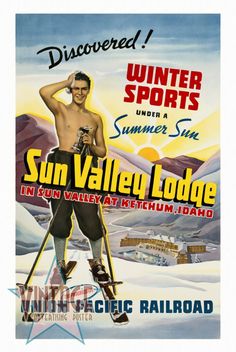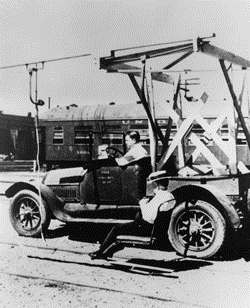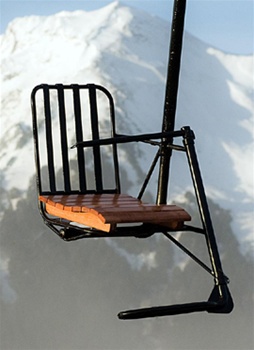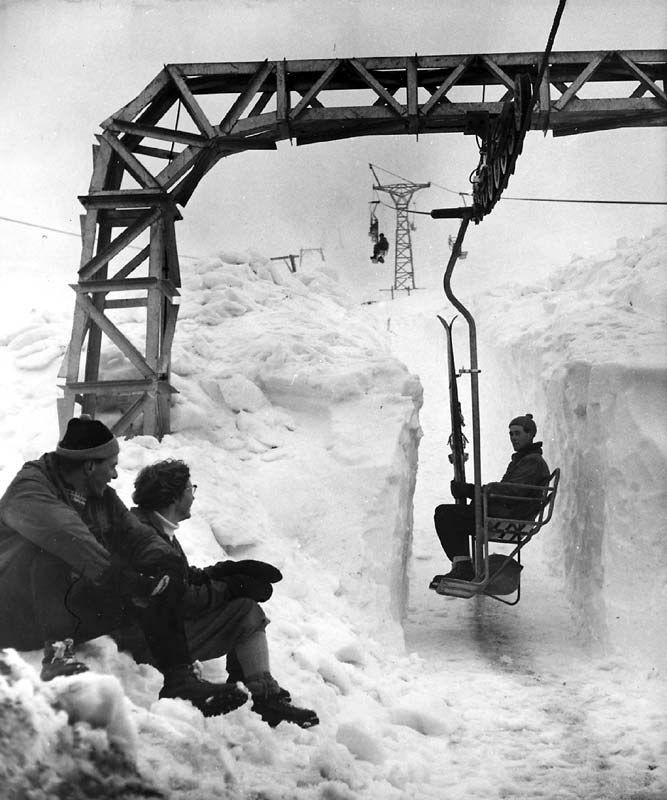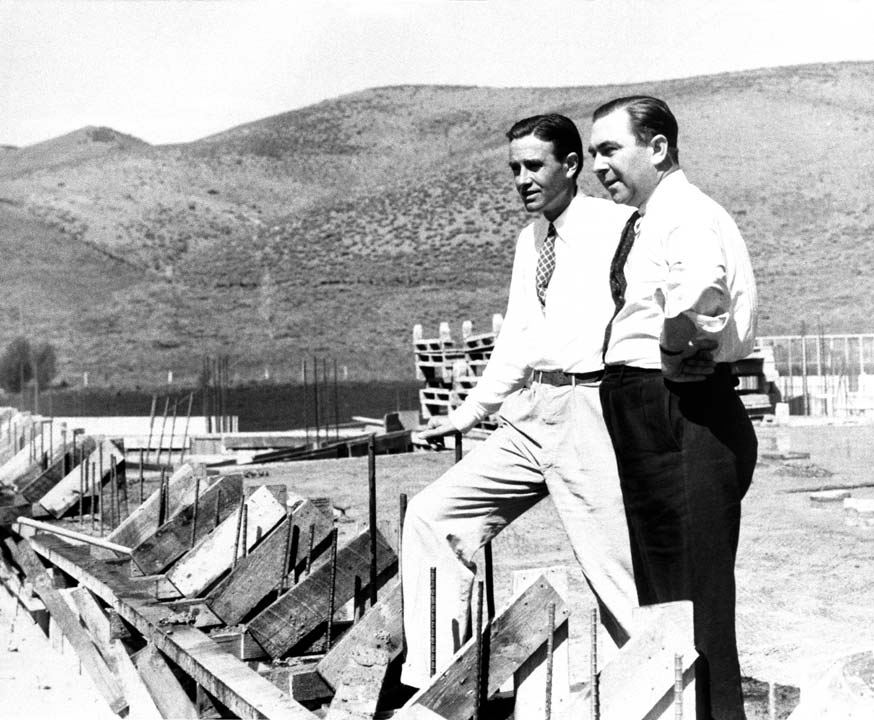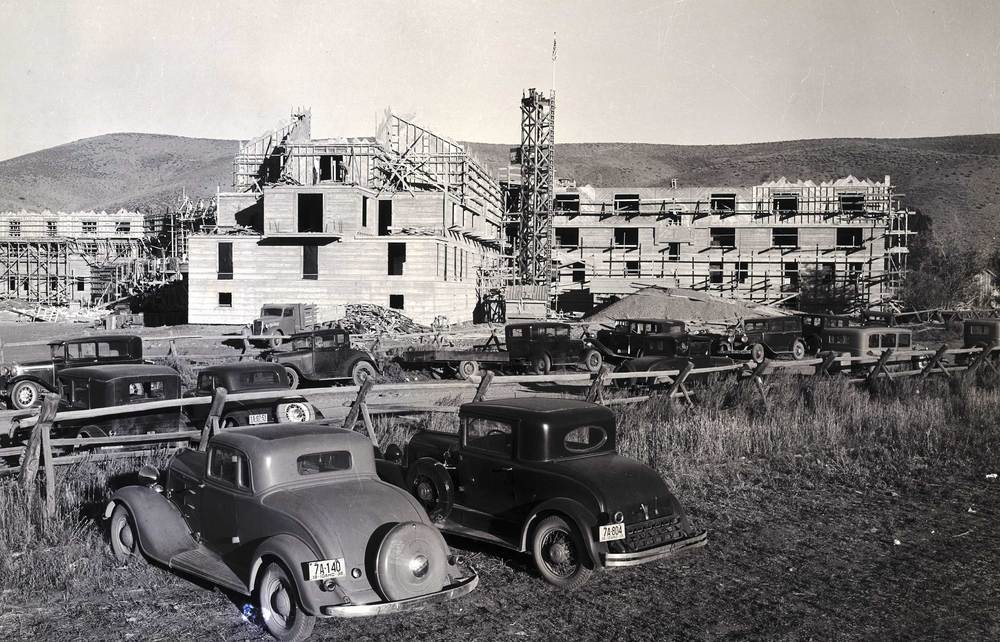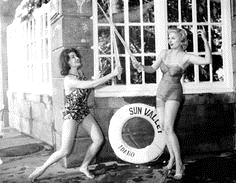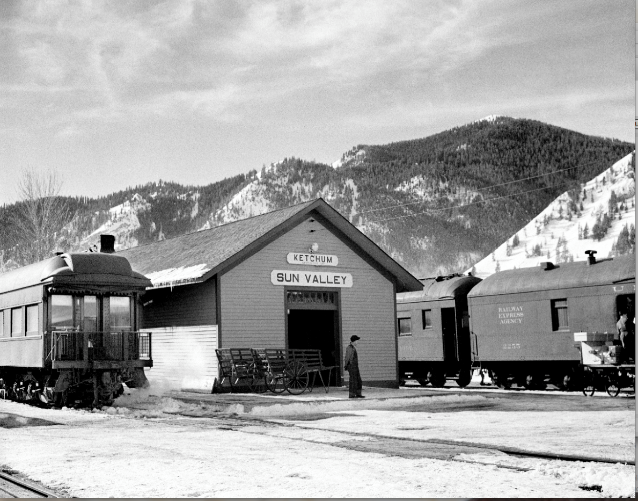As the Sun Valley Lodge neared completion, Averell Harriman and Steve Hannagan planned a gala grand opening to introduce the resort to the press. They wanted newspaper coverage to show that Sun Valley was the most elegant ski resort outside of Austria and Switzerland.
Harriman scheduled the grand opening for December 21, 1936 and Hannagan rounded up stars from Hollywood and social elite from the East coast. Their stay was free. Unlike today, there were no payments to attend a promotional event. In return, all Hannagan wanted was a picture of these honored guests for publicity photos. From Steve’s perspective, the big deal was not skiing it was the selling of the Sun Valley experience.
December 21st – The Resort’s Grand Opening Was a Knockout!
There was one climatic problem at the Grand Opening of the Sun Valley Ski Resort. For the first time in fifty-four years there was no snow. All the guests saw was “dry, dusty ski runs and acres of banal sage brush.”[2] Some of the paying guests called the resort the “Ketchum Con.”[3]
The 21st of December was looking like a publicity bust with no snow and only the low-key murmurings of the stars, socialites, and their consorts as they wended their way to the dining room. However, the guests were soon to experience one of the more exciting events in ‘grand opening promotions.’
The Grand Opening dinner, carried by radio station KSL of Salt Lake City, fit the royal expectations of the swells brought in by Hannagan.. The menu included sophisticated French dishes: Brioche au Caviar, Supreme [de] Sole au Champagne, and Tournedos Sauté Chatelaine served with wine, champagne, and liquor flowing freely for all.[4] Even though there was no snow, rich food, good booze, and passion produced the main event of the evening, and also Hannagan’s headline for the event.
As the sumptuous meal ended and the dance bands began enticing guests to the dance floor, a small altercation over the Hollywood star Claudette Colbert turned the pleasant soiree into an evening at the fights. Some guests described the evening as the Dempsey-Tunney fight with tuxedos, gowns, and bejeweled stars and foolish men.
The altercation started when Charles F. Gore, an investment banker from Chicago, barged into the David Selznick’s, who were entertaining, Joan Bennett, Claudette Colbert, and their spouses.[5] Given the tenuous hold that Gore had on his sobriety, he insisted that Colbert take the dance floor with him.[6] Selznick who was notorious for his short fuse, jumped to the star’s defense and decked Gore with a shot to his eye.[7] Management was horrified seeing their elegant evening turning into a honky-tonk bar scene.
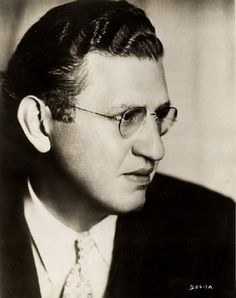
David O. Selznick[8]
Larry Smits, Hannagan’s top assistant assigned to Sun Valley, immediately telephoned Hannagan in New York and told him about the disastrous evening. Hannagan response was classic Steve “What do you mean your party’s ruined? Hannagan shouted. Not an editor in the country can resist this story.”[9] Steve quickly rapped out on his typewriter the following lead that became the memorable party’s headline for the ages: ‘Sun Valley Opens with a Bang.”[10]
The St. Stephen’s Day Snow
Hannagan had the Hollywood stars, the swells, the elegant dinner, and his big headline. Now, he needed snow to fall on Sun Valley. Five days after the grand opening on December 26th, the first major winter snowfall arrived in Sun Valley. As the blizzard built in intensity, Steve cranked up the phone and called his Hollywood Associate, Paul Snell, telling him “We’re having the god-damnest snow storm here – – thank god!” [11] Steve told Snell to call Associated Press, United Press, and International News Services in Los Angeles and to tip-off the wire services and to contact their bureaus in Salt Lake City about the storm.[12]
By the way, the snow fell on the day honoring Hannagan’s namesake saint, St. Stephen. He was an early martyr, stoned by a raging crowd whom he denounced for being ‘stiff-necked’ for rejecting salvation.[13] Hannagan’s namesake was a bit of irony for a publicist. Fortunately for him, he never ended up like his patron saint.
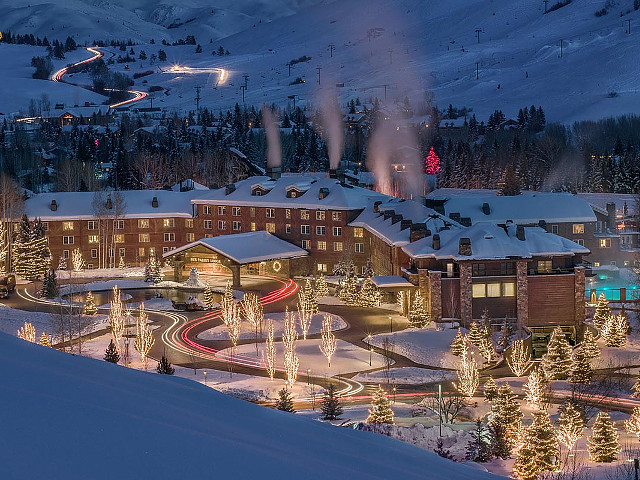
Winter at Sun Valley[14]
Now that Sun Valley had its snow, Steve collected another trainload of stars and starlets from Hollywood for a glamour trip to Sun Valley. To publicize the trip, Steve hired a former news photographer to ride with the Hollywood glamour to Sun Valley. To Steve’s chagrin, the photographer, a notorious drunk, was too soused to take pictures. Even if he wanted to take pictures, he could not because he had pawned the camera to buy another bottle of booze. At the station, Hannagan found a UP employee who had taken several candid shots with his little Kodak camera. These Brownie photos were sent to national papers. They may not have been professional photographs, but they did the trick for Hannagan. He was a happy publicist by hitting a publicity trifecta – congeries of stars at the Grand Opening, a fight and headline, and finally photos of beautiful people to show off the sun and fun at Sun Valley.
End Notes
- Sauter, Van Gordon and Jennifer Tuohy (Winter 2010/11); “It Happened to Sun Valley”; Sun Valley Guide; http://www.svguide.com/w11/sunvalley.html (retrieved April 1, 2011); p. 18. ↑
- Sauter, Van Gordon and Jennifer Tuohy (Winter 2010/11); “It Happened to Sun Valley”; Sun Valley Guide; http://www.svguide.com/w11/sunvalley.html (retrieved April 1, 2011); p. 18.. ↑
- Ogibene, Peter J. (December 1, 1984); “ At the First Ski Spa, Stars Outshone the Sun and Snow”; Smithsonian; pp. 112-113. ↑
- Taylor, Dorice (1980); Sun Valley; Ex Libris Sun Valley; p. 45. ↑
- Taylor, Dorice (1980); Sun Valley; Ex Libris Sun Valley; p. 45. ↑
- Taylor, Dorice (1980); Sun Valley; Ex Libris Sun Valley; p. 45. ↑
- Photograph of David O. Selznick (Retrieved August 25, 2017); Los Angeles Times; Hollywood Starwalk; http://projects.latimes.com/hollywood/star-walk/david-o-selznick/. ↑
- Sauter, Van Gordon and Jennifer Tuohy (Winter 2010/11); “It Happened to Sun Valley”; Sun Valley Guide; http://www.svguide.com/w11/sunvalley.html (retrieved April 1, 2011); p. 15. ↑
- Sauter, Van Gordon and Jennifer Tuohy (Winter 2010/11); “It Happened to Sun Valley”; Sun Valley Guide; http://www.svguide.com/w11/sunvalley.html (retrieved April 1, 2011); p. 15. ↑
- Ross, Edward Ellis; Hannagan Research Document; source: New York University Archives; p. 172. ↑
- Ross, Edward Ellis; Hannagan Research Document; source: New York University Archives; p. 172. ↑
- Saint Stephen (Retrieved October 19, 2017); Wikipedia; https://en.wikipedia.org/wiki/Saint_Stephen ↑
- Photograph of Sun Valley Lodge in Winter (Retrieved August 25, 2017); http://www.inidaho.com/official_hotel_motel.asp?ID=60 ↑
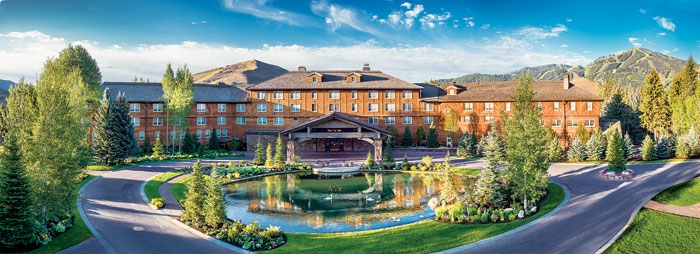
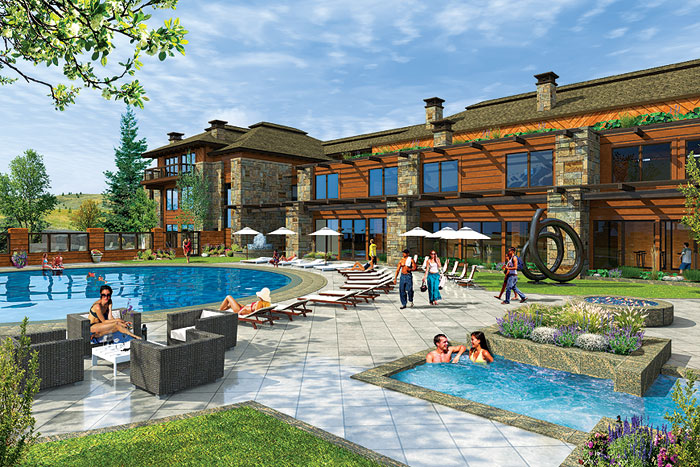
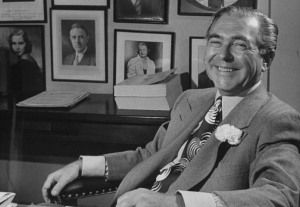
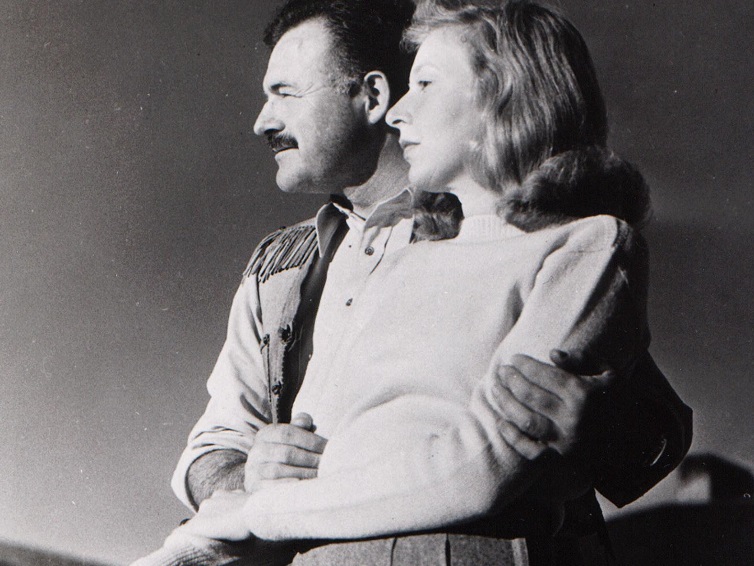
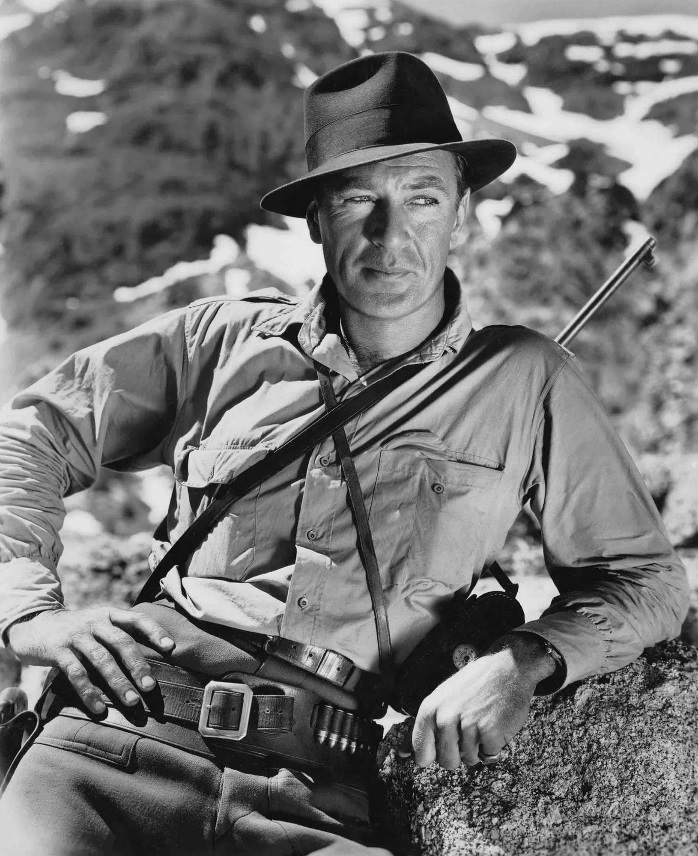
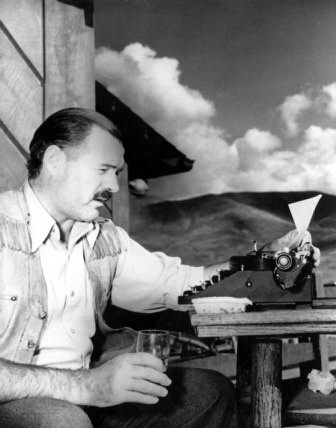
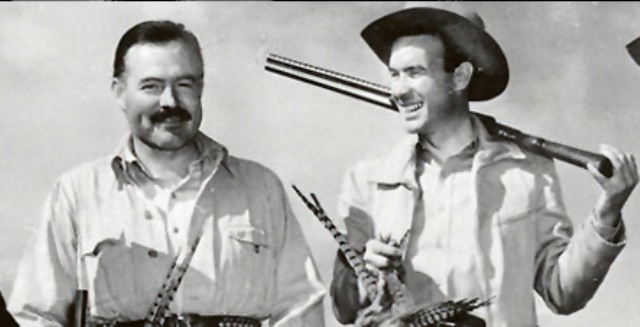
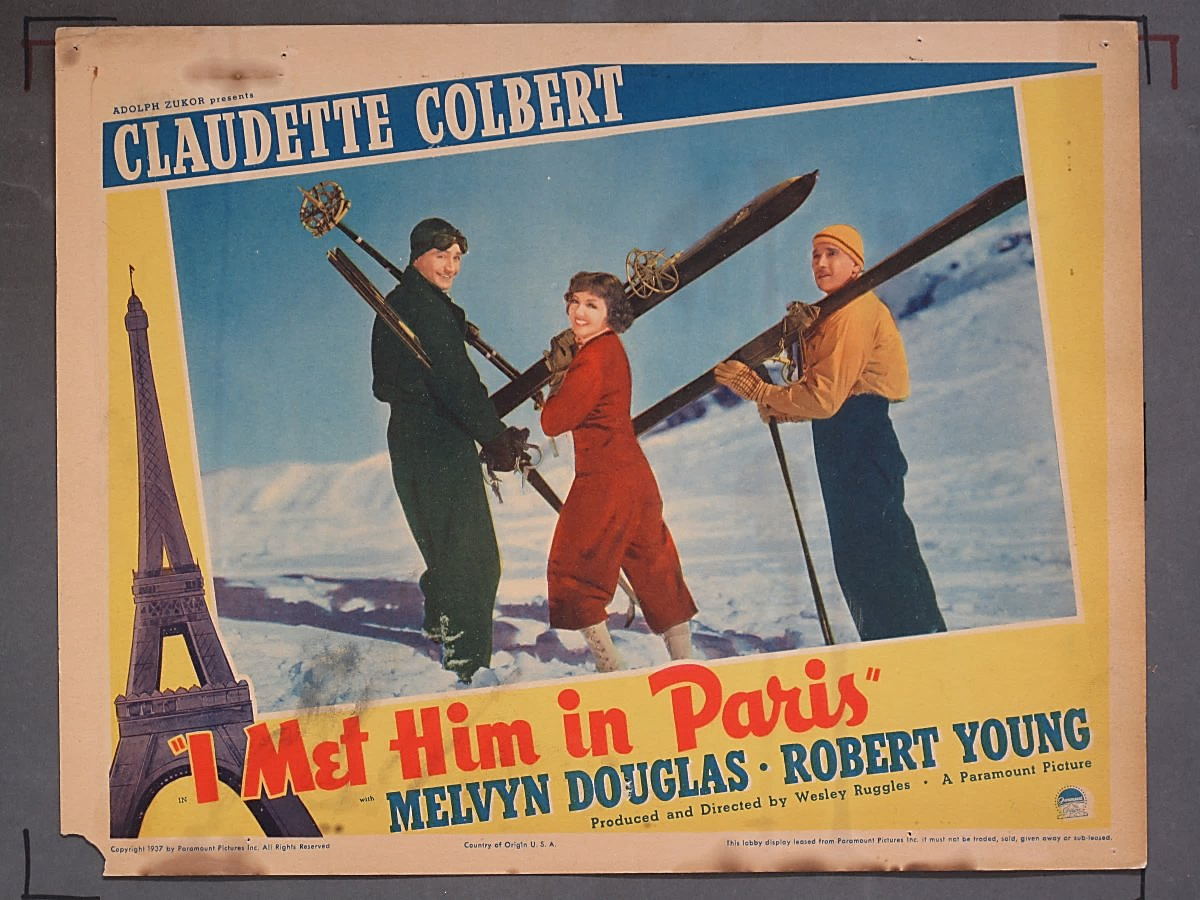
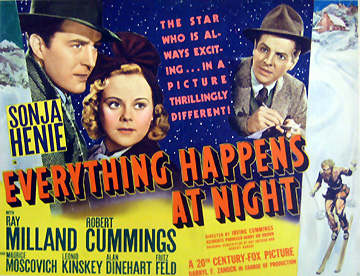
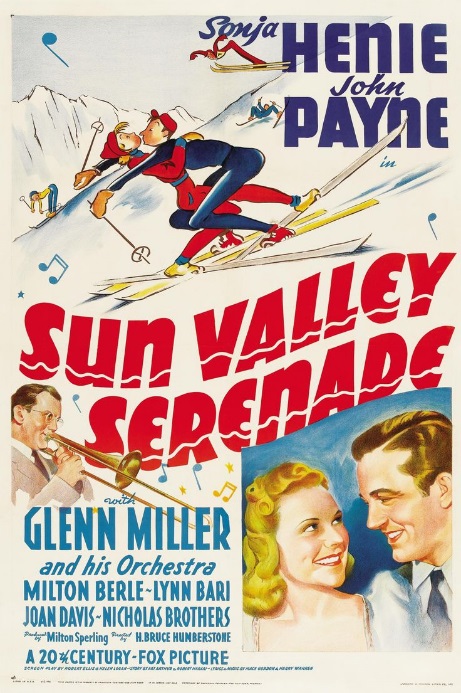
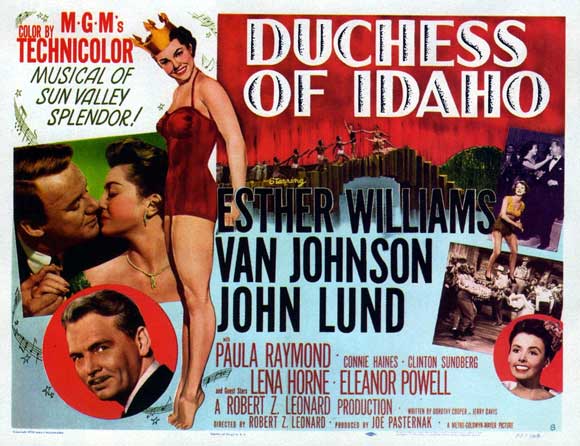
![[ HOW TO MARRY A MILLIONAIRE POSTER ]](http://stevehannagan.com/wp-content/uploads/2017/10/how-to-marry-a-millionaire-poster.jpeg)


